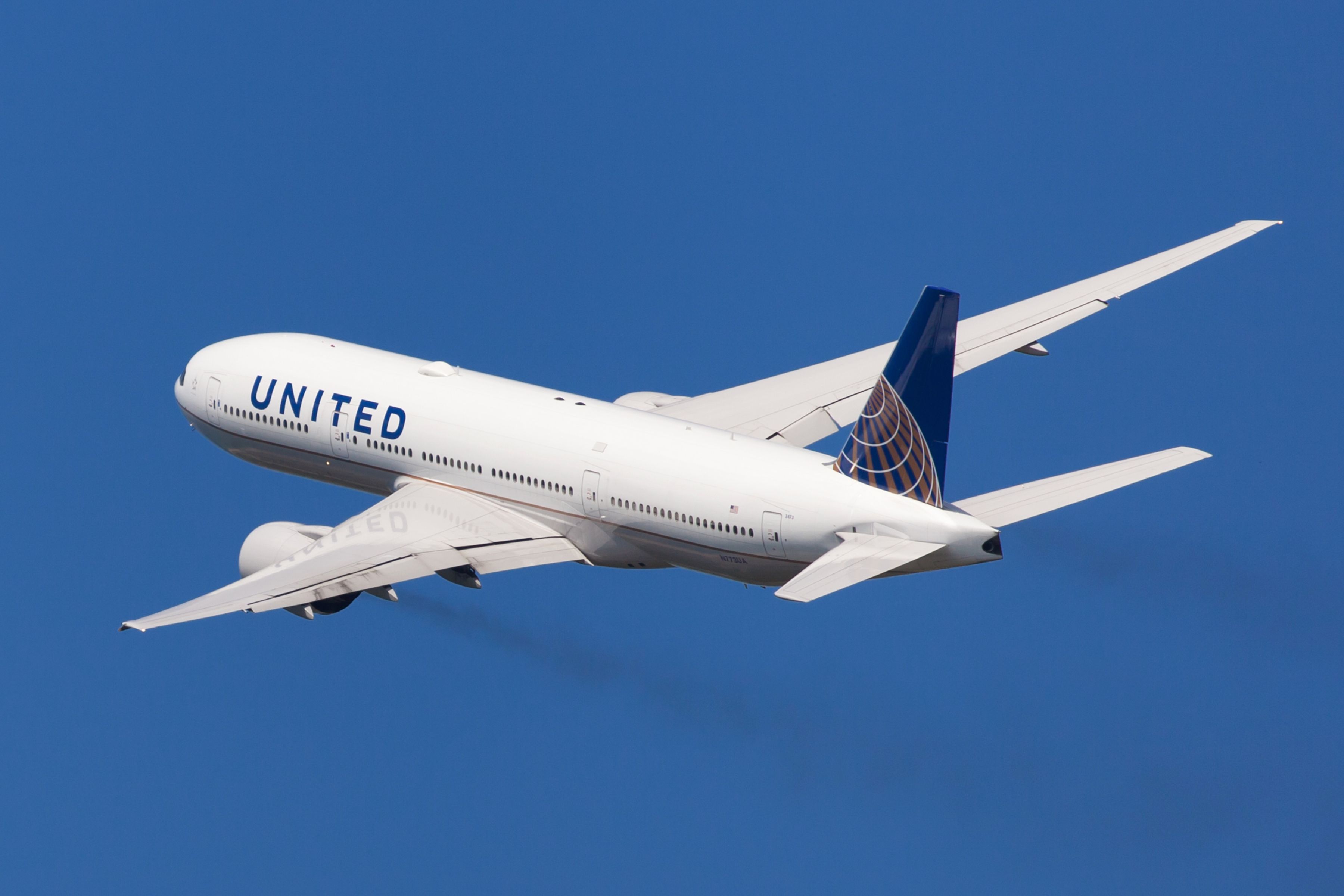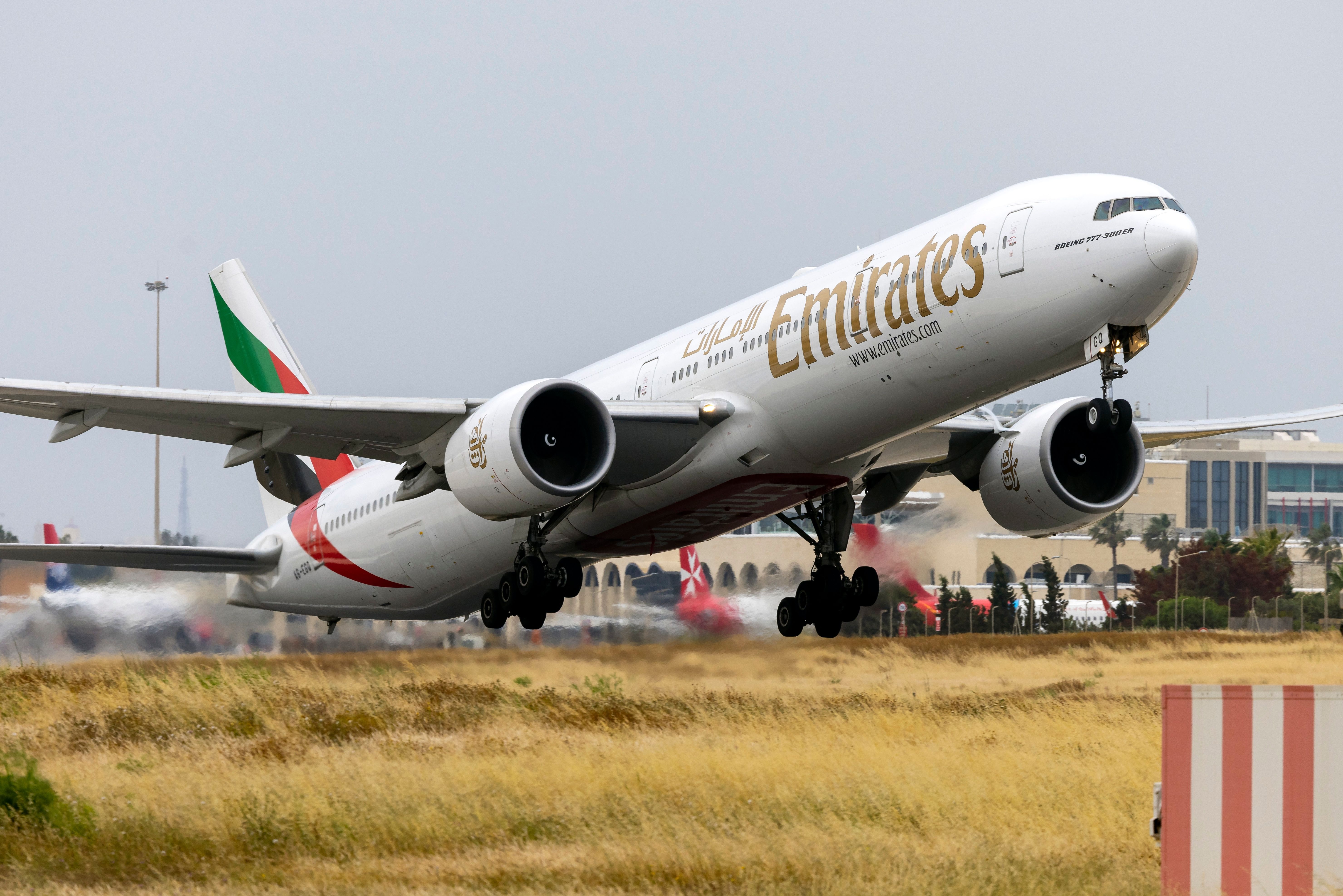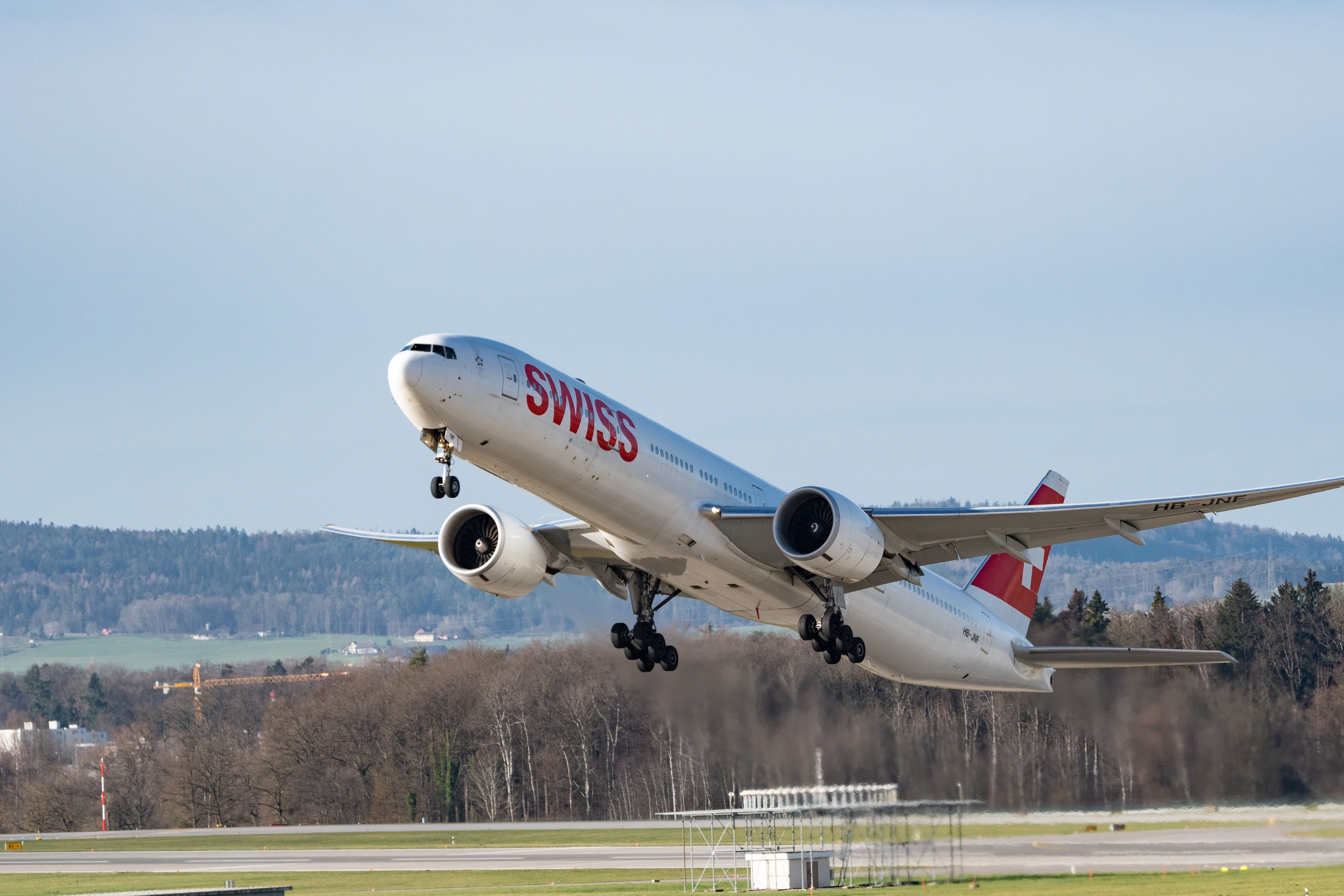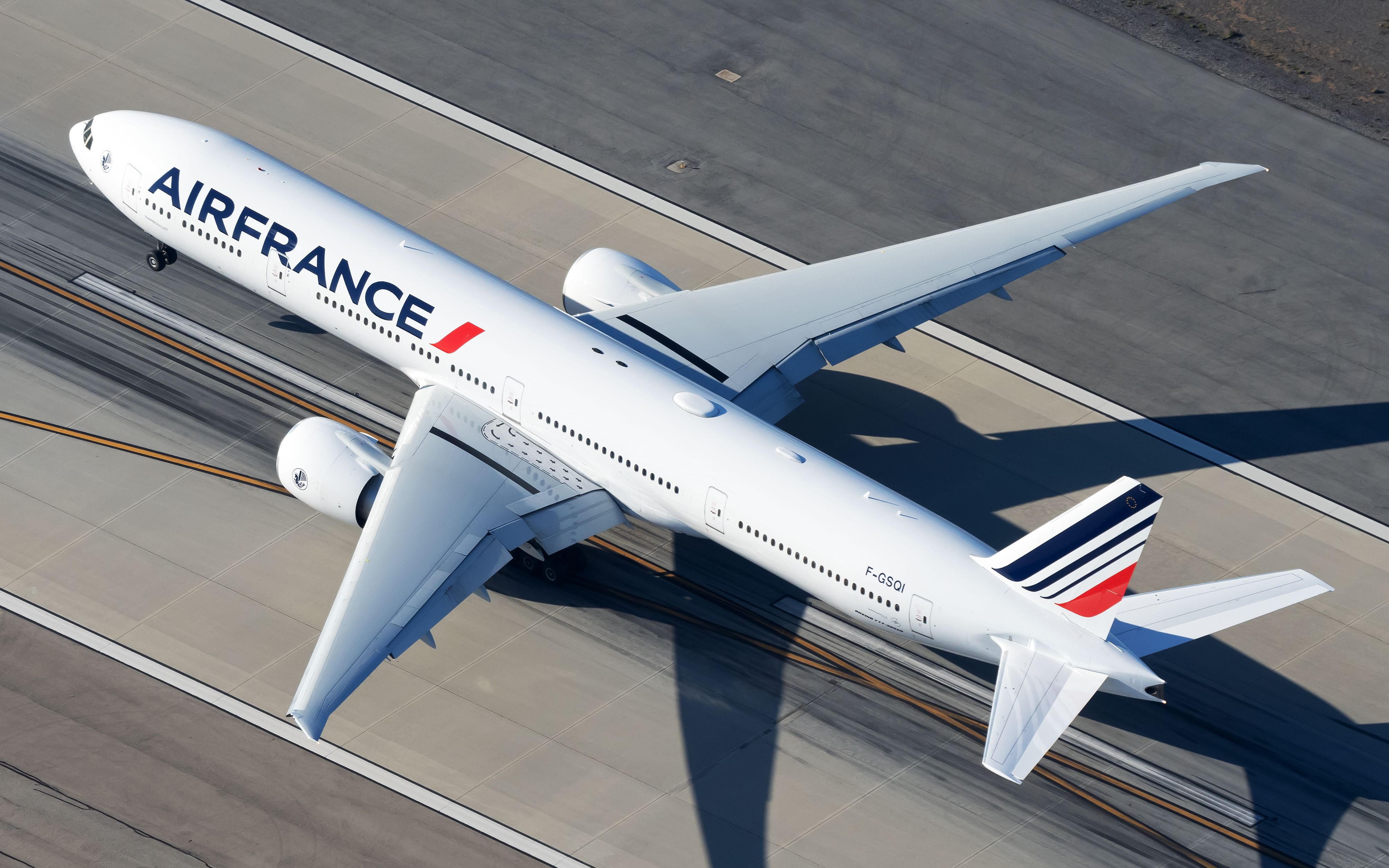The Federal Aviation Administration (FAA) has issued its latest airworthiness directive, which aims to prevent the potential loss of the Boeing 777's horizontal stabilizer and will require airline operators to conduct checks of all their 777s for potential cracking.
The directive will come into effect on June 30th and applies to all variants of Boeing's twinjet widebody aircraft, including the 777-200, 777-200ER, 777-200LR, 777-300ER, and 777F cargo aircraft. In a statement, the FAA explained the reason behind the airworthiness directive being issued, saying,
“The FAA is issuing this AD to address cracking in the STA 2370 pivot bulkhead forward outer chord. Such cracking, if not detected and corrected, could result in a severed pivot bulkhead outer chord, loss of horizontal stabilizer control, and loss of controllability of the airplane."
To illustrate the scale of the impact of this airworthiness directive, estimates show that there are currently more than 220 Boeing 777s registered in the US, while worldwide, over 1,600 have been built since 1994.
The largest operator in the US is United Airlines, with 96 Boeing 777s currently in its fleet (37 777-200s, 55 777-200ERs, and 22 777-300ERs). Globally, it is no surprise that the largest 777 fleet belongs to Emirates, with 10 777-200LRs, 11 777Fs, and a staggering 124 777-300ERs.
What is the horizontal stabilizer?
The horizontal stabilizer is an integral part of an aircraft's structure, providing longitudinal stability for the aircraft and keeping it in trim. The vertical stabilizer, on the other hand, gives the pilots directional control of the aircraft.
The inspection required as part of the directive involves carrying out repetitive detailed and high-frequency eddy current inspections of the pivot bulkhead and longeron fitting for cracking. The inspections were first advised by Boeing in a service bulletin in April 2022 and were reinforced this week by the FAA's airworthiness directive.
How does the Boeing 777 compare to the manufacturer's other widebody twinjet aircraft, the 787? Find out more with this report from the Simple Flying team.
Airline responses to the directive
With inspections expected to cost in the region of $4,300, the need to inspect all of their 777s presents a significant financial outlay for airlines. If repair works are needed following the inspection, this cost rockets further to over $40,000 per side of the aircraft.
Add to that the operational disruption of having an aircraft out of service for the inspection, and the impact soon escalates. Air France, for example, has said that each aircraft could be grounded for up to three weeks while the works take place. The carrier also said that specialist tools, not readily available, would be needed to carry out the work.
United Airlines, meanwhile, requested that the directive allow operators to inspect both sides of the aircraft, something that Boeing later incorporated into its updated service bulletin. The initial airworthiness directive has since been modified by the FAA to address the concerns raised by airlines.
Get the latest aviation news straight to your inbox. Sign up for our newsletters today.
What do you think of the FAA's latest airworthiness directive? What impact do you expect this to happen on airline operations? Share your thoughts by commenting below.
Source: Aerotime, ch-aviation.com




